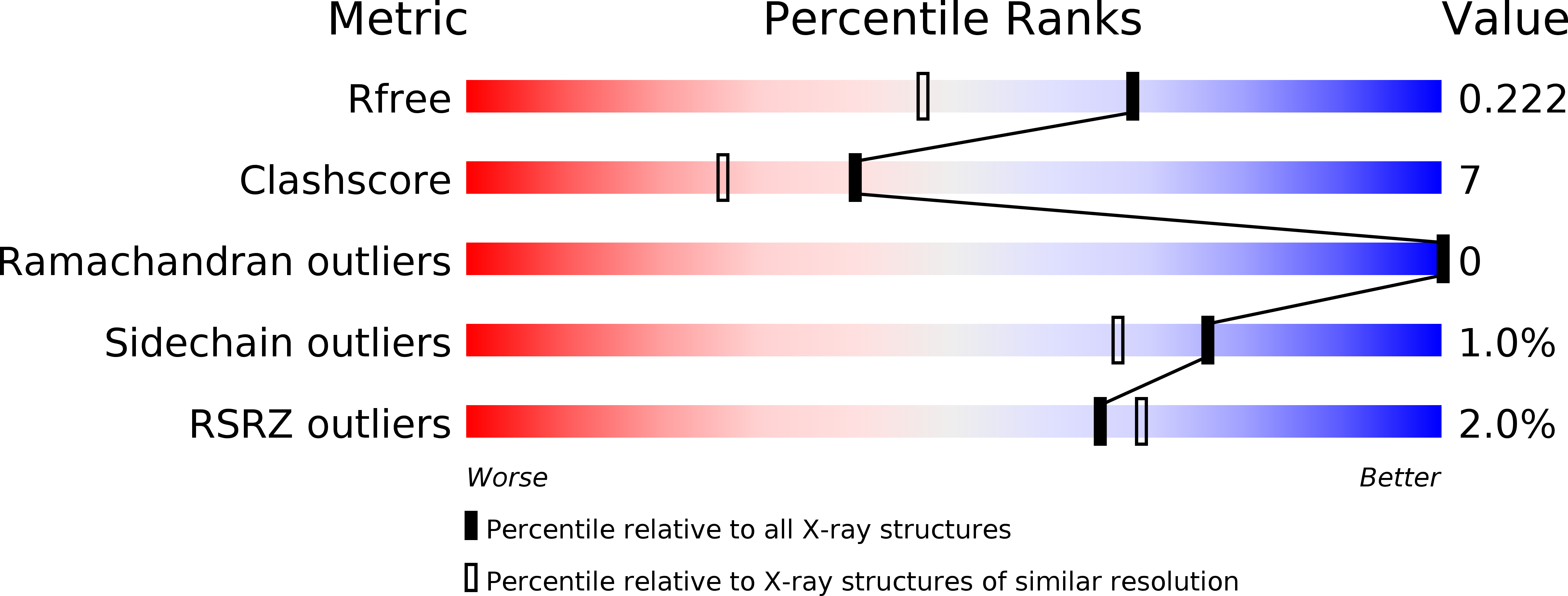
Deposition Date
2010-02-10
Release Date
2010-05-12
Last Version Date
2024-02-21
Entry Detail
PDB ID:
3LR2
Keywords:
Title:
Self-assembly of spider silk proteins is controlled by a pH-sensitive relay
Biological Source:
Source Organism:
Euprosthenops australis (Taxon ID: 332052)
Host Organism:
Method Details:
Experimental Method:
Resolution:
1.70 Å
R-Value Free:
0.20
R-Value Work:
0.16
R-Value Observed:
0.16
Space Group:
P 32 2 1


